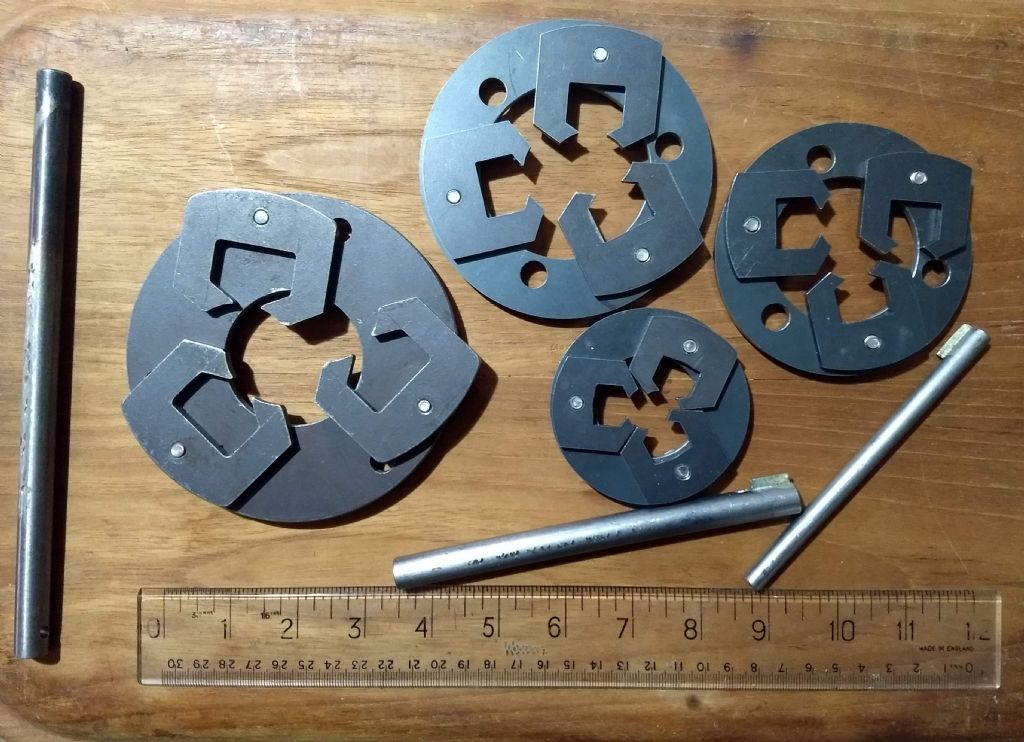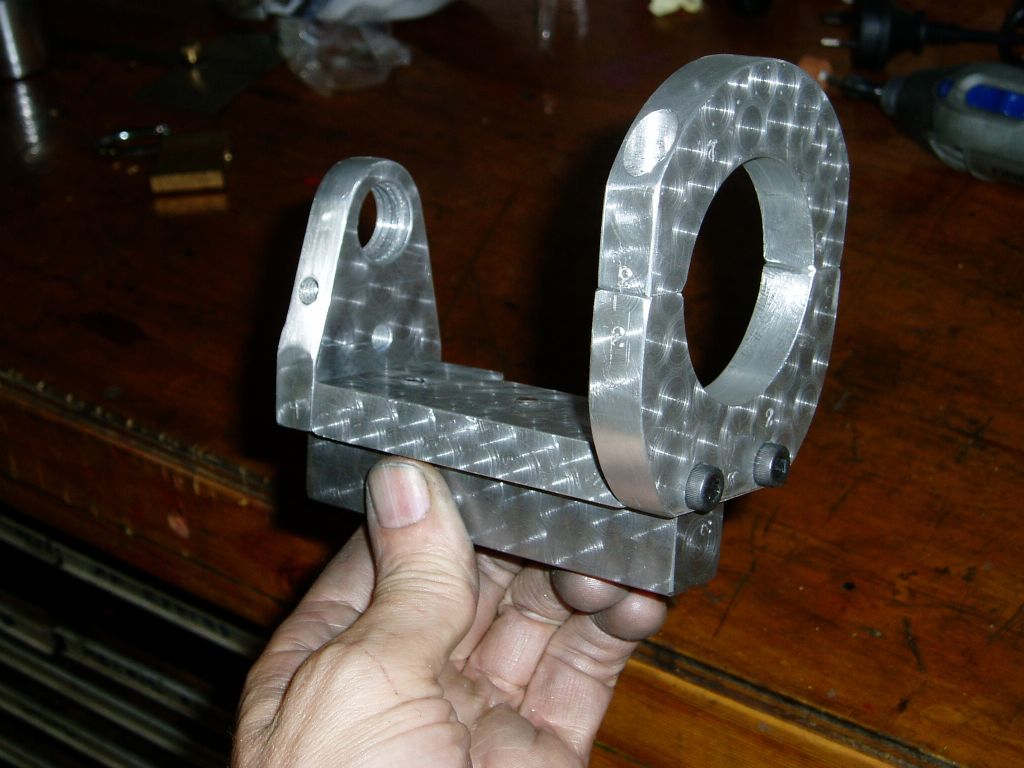Hello:
The OEM 3-jaw chuck that came with my ca. 1980 Unimat 3 does not seem to be in good shape.
Granted, it is 43 years old and it may have been subjected to some abuse, no way of knowing just how much.
While attempting to diagnose the source of chatter I could not find, I noticed this:

A so-so photographer and a a so-so camera makes it look worse than it is but there is a good amount of axial play there, probably one of the sources of the chatter I often (too) get as well as deviations when drilling a small diameter length wise hole with a drill bit.
I then disassembled it to see what I could find inside and put the pieces on my scanner's bed (!) to get accurate images of each one's critical surfaces.
These are those images:
1. Jaw surfaces do not look too good.

I probably have some responsibility for part of this damage as once or twice a large-ish piece flew off the chuck, probably because the jaws were already in bad shape and did not hold it properly.
2. Asides from the scanning software artifacts, the scroll teeth seem to be (?) in decent shape.

3. The same could be said for the scroll itself.

To my untrained/unexperienced eye, what looks bad are the jaw surfaces, the rest being in acceptable shape.
ie: I cannot make out any issues with the scroll or the teeth running on the scroll but you chaps know better.
As to how to fix this rather expensive problem, all the methods I have seen (on-line) are with the jaws in place and a rotating cylindrical element grinding each jaw as the chuck rotates, with grinding element mounted on a Dremel type tool attached to the tool post.
ie: jaws ground one at the time and preloading then chuck. This requires some sort of jig to get them tight/with no slack while holding nothing to let the stone do its work.
It seems that the success of this method is very much dependent on how well the chuck is set up with whatever is used to preload it.
I have only come across one other method in the January 1924 (p. 86) issue of Popular Science and mentioned in the unimat forum at io.groups:
Edited By Julius Henry Marx on 17/01/2023 11:41:29
Julius Henry Marx.


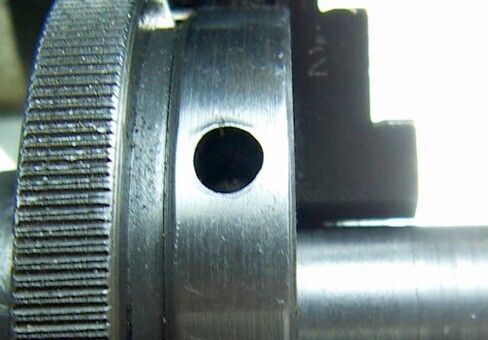
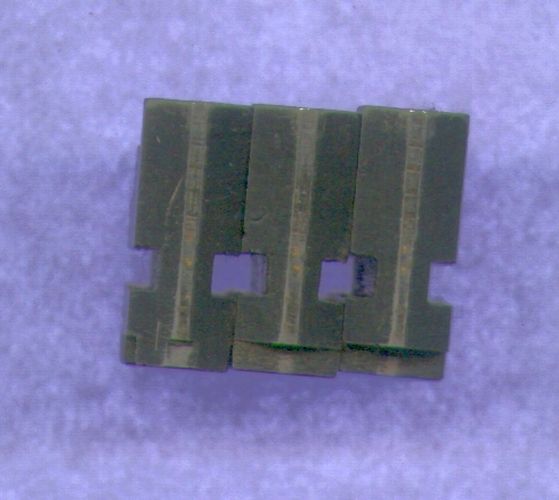
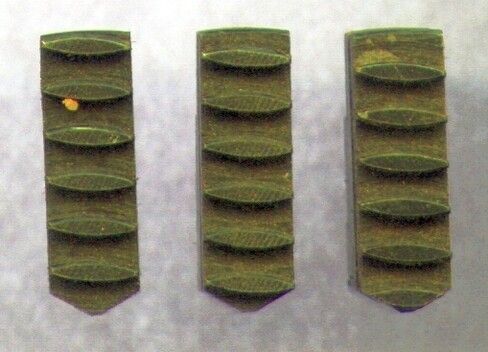
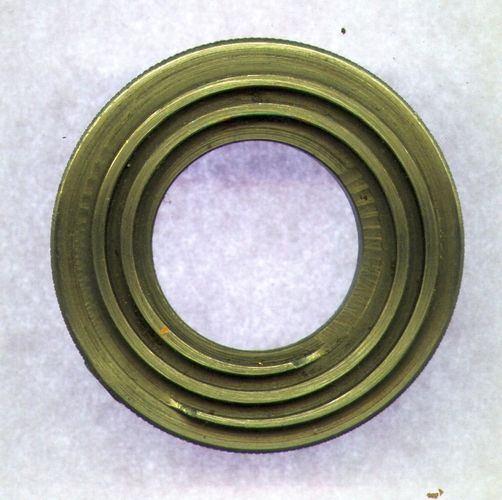
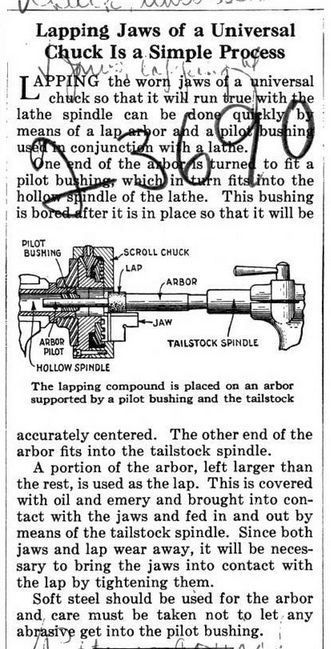
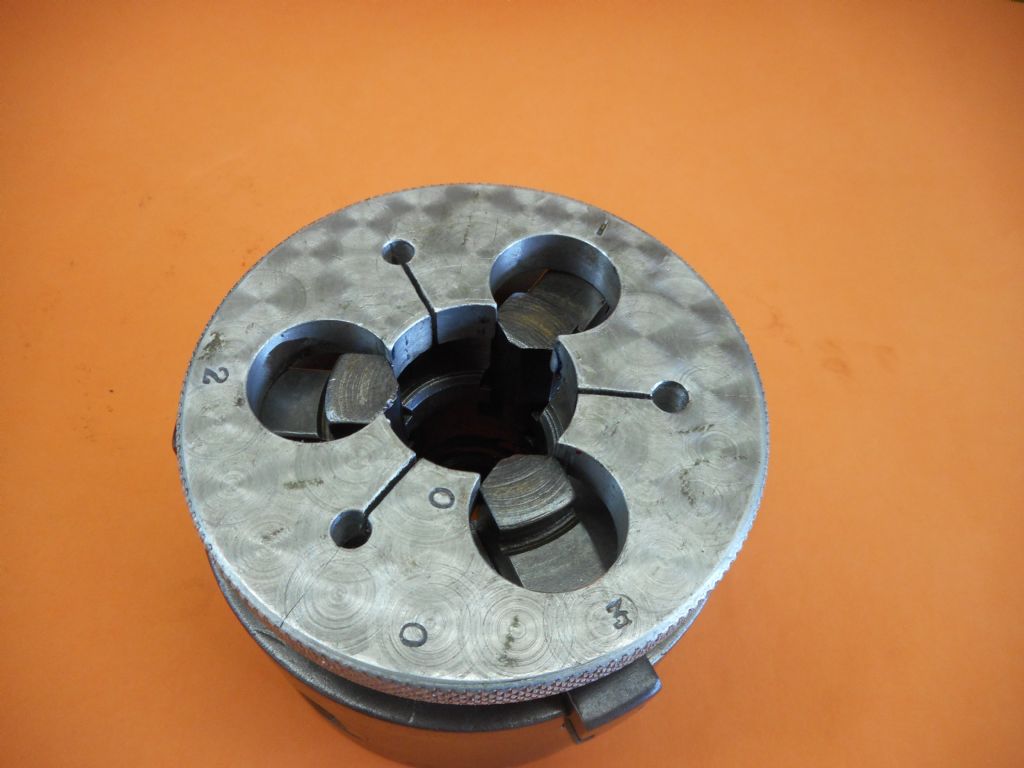
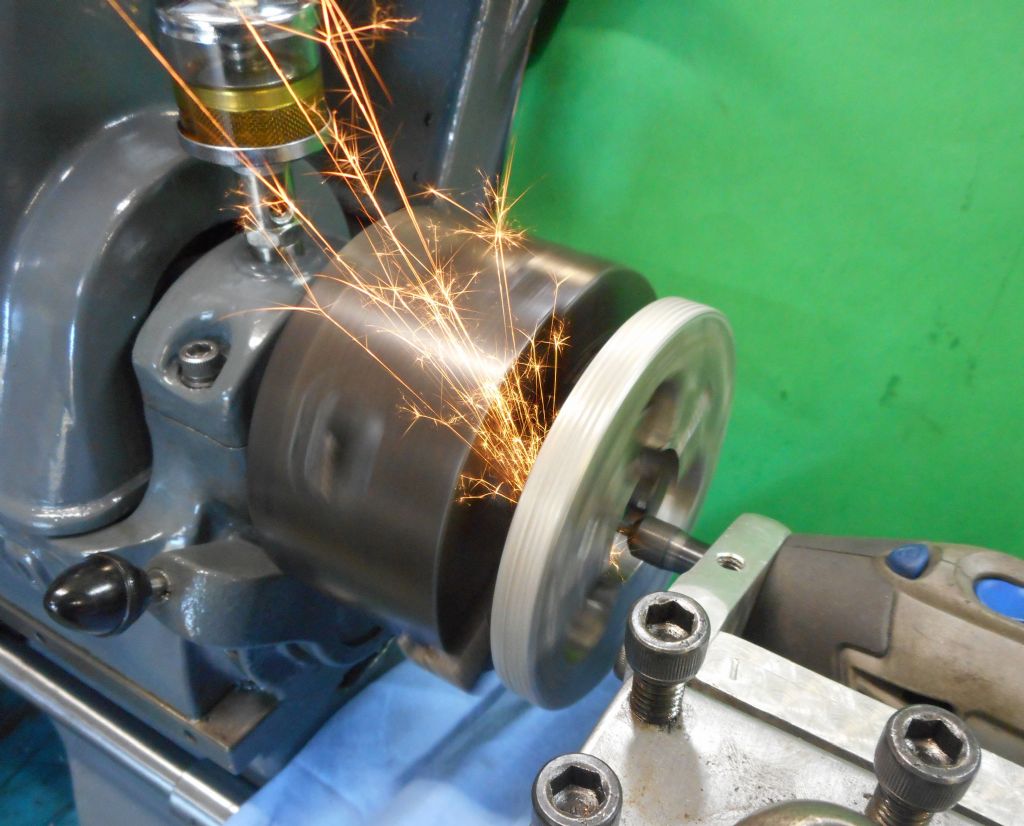
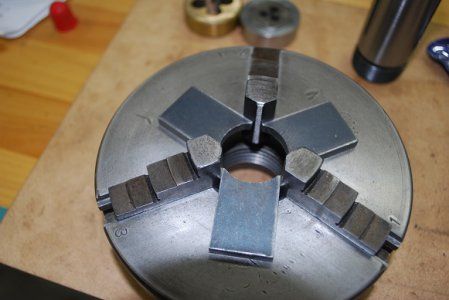
 was randon and at the most, less than half a marking (0.01), so we are at ~ 0.005mm, which seems reasonable (?) for a chuck of this OEM quality and age.
was randon and at the most, less than half a marking (0.01), so we are at ~ 0.005mm, which seems reasonable (?) for a chuck of this OEM quality and age.